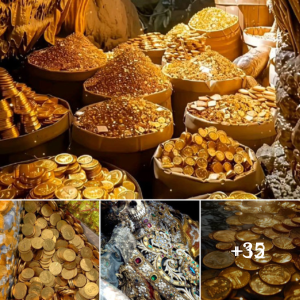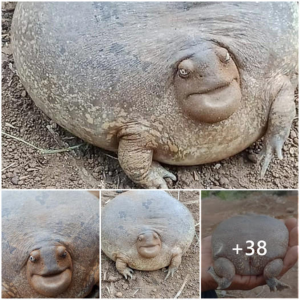Elephants adapt remarkably to the increasing threat of poaching by evolving to shed their tusks.
This phenomenon is a defense mechanism against the relentless illegal ivory trade, highlighting how these majestic creatures are changing to survive in their shifting environments.

Traditionally, elephants have used their tusks for essential activities such as foraging, defense, and social interactions.
However, the surge in ivory demand over recent decades has turned these valuable tusks into liabilities.

Poachers, driven by the global market for ivory products, have decimated elephant populations, primarily targeting those with large tusks.
In this harsh reality, elephants born without tusks or with significantly smaller ones have a better chance of evading poachers.
This shift is especially pronounced in heavily poached areas in Africa and Asia, where researchers have observed a notable increase in tuskless elephants.

This evolutionary trait, known as “the tuskless gene,” is hereditary and passed down through generations, as tuskless elephants are more likely to survive and reproduce.
While the absence of tusks offers immediate survival benefits, it also has significant implications for elephant behavior and ecology.
Tusks are vital for various functions, including feeding, communication, and social hierarchy.
The rise of tuskless elephants highlights the complex relationship between human activities and natural ecosystems.
As human pressures continue to alter the environment, wildlife species must adapt to thrive in their changing habitats.
Conservation efforts to protect elephants and combat the illegal ivory trade are now more critical than ever.
By addressing the root causes of poaching and promoting initiatives for peaceful coexistence between humans and elephants, we can ensure the long-term survival of these iconic creatures.
The story of elephants evolving to shed their tusks is a poignant reminder of human action’s profound impact on the natural world.
It also showcases the resilience and adaptability of wildlife in the face of adversity, offering hope for the future of these magnificent beings.





